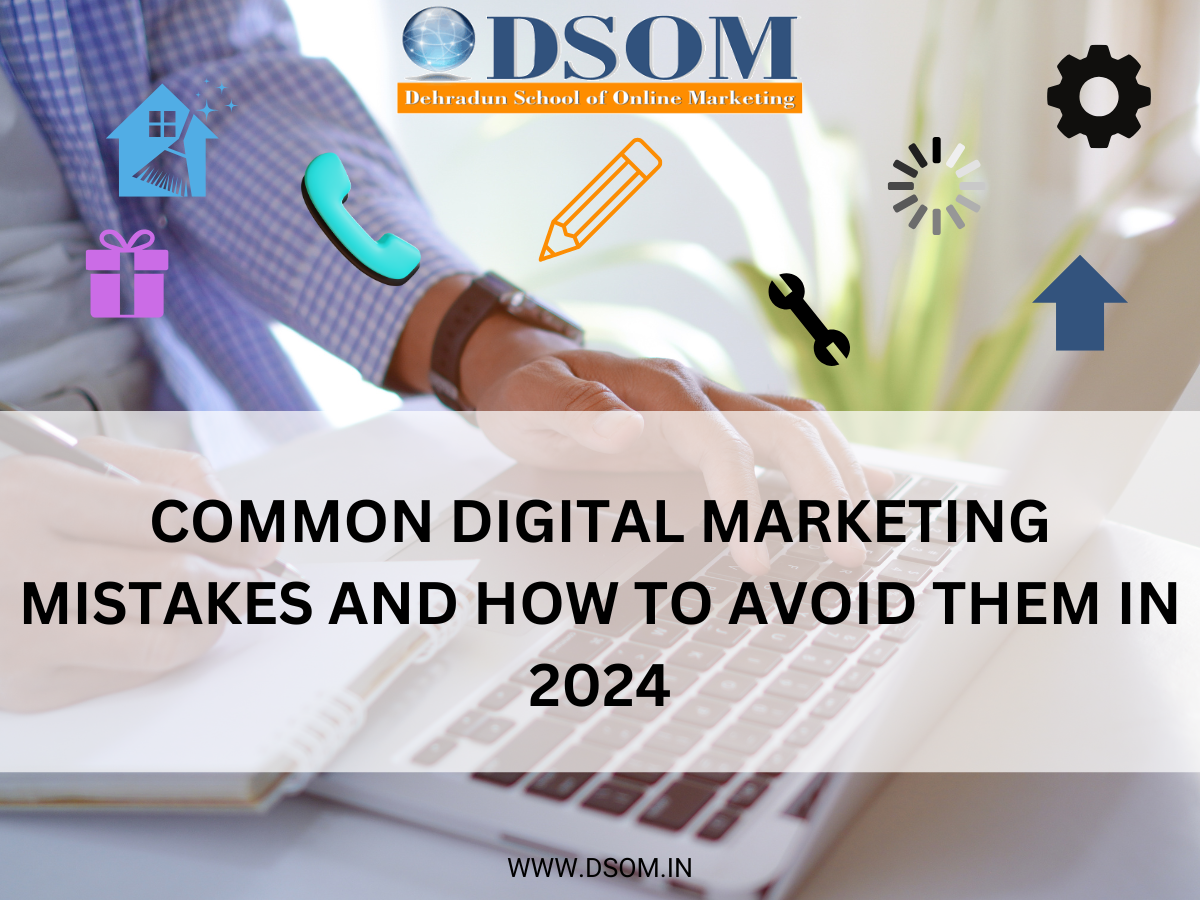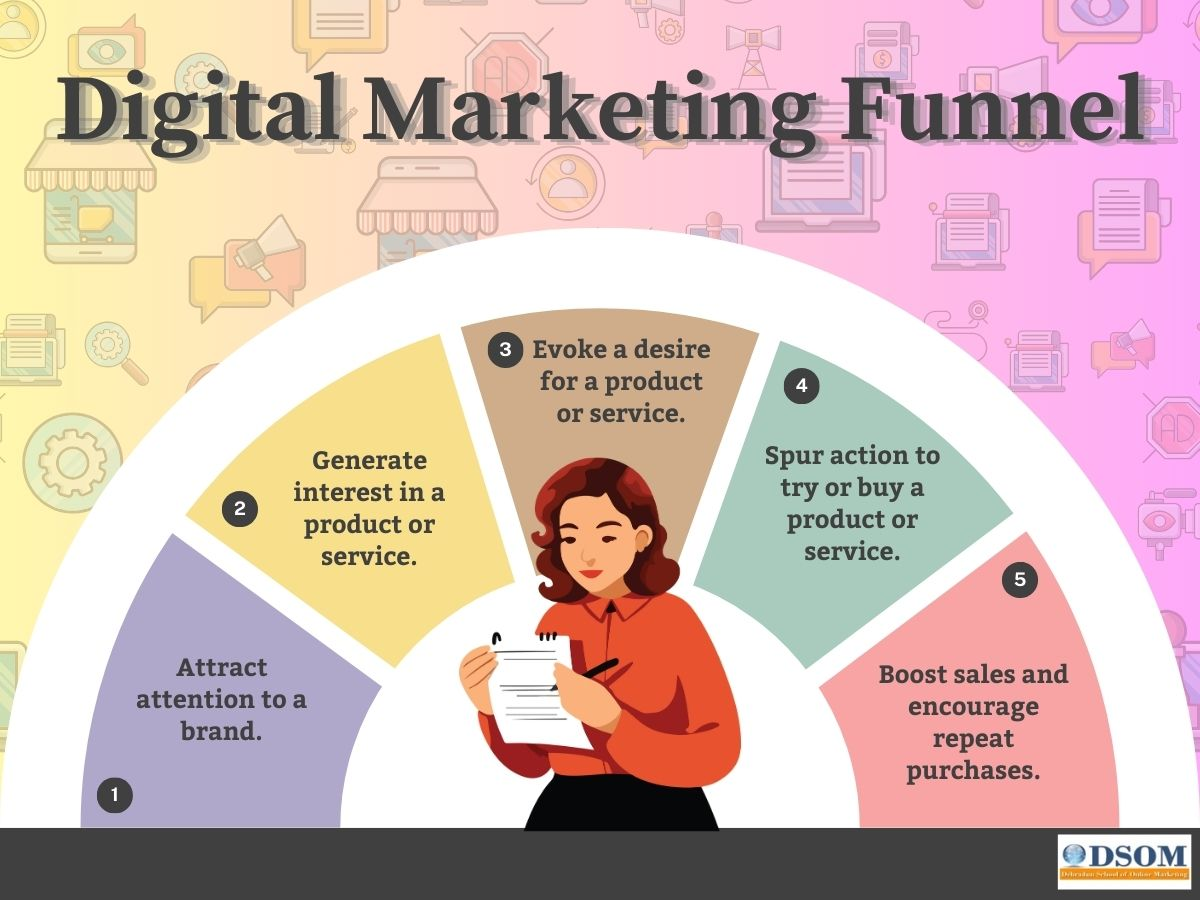Business cards are a timeless tool in the world of networking and professional branding. Despite living in a digital age, the exchange of physical business cards remains a powerful way to make a lasting impression. However, the success of a business card heavily depends on its design. In this article, we'll explore the dos and don'ts of designing business cards that leave a lasting impact.
The Dos:
1. Keep it Simple:
Simplicity is the key to an effective business card. A cluttered design can be overwhelming and counterproductive. Stick to a clean and minimalistic layout. Use a simple color palette, focusing on your brand's colors. Simplicity doesn't mean you have to go monochromatic, but avoid using too many colors that might distract or confuse.
2. Use High-Quality Materials:
Invest in quality materials. A well-designed card on a flimsy stock won't leave a strong impression. Consider thicker cardstock or even textured options to stand out. Add a finish like matte or gloss to enhance the overall look and feel. It can also protect your card from wear and tear.
3. Prioritize Legibility:
Ensure that all the text on your card is easily readable. Use a legible font and an appropriate font size.Maintain a good balance between text and negative space. Avoid clutter, which can make your card look chaotic.
4. Brand Consistency:
Use your brand's logo, colors, and style guide to create a cohesive look. This helps reinforce your brand identity. Make sure your business card complements other marketing materials, like your website or brochures. Consistency is key to brand recognition.
5. Include Essential Information:
Provide all necessary contact details, including your name, title, phone number, email, and company name. If applicable, include your website and social media profiles.Consider adding a QR code for easy access to your online presence. It's a modern touch that can be very convenient for tech-savvy contacts.
The Don'ts:
1. Don't Overdo It:
Avoid overcrowding your card with too much information or design elements. Less is often more when it comes to business card design.Steer clear of using too many different fonts or font sizes. Consistency in typography is crucial for a professional appearance.
2. Don't Sacrifice Readability:
Never compromise legibility for style. Fancy fonts or colors that make text hard to read can be detrimental.Avoid using text that's too small or too large. Finding a balance is essential for a visually pleasing card.
3. Don't Neglect the Back:
Don't leave the back of your card blank. Utilize this space for additional information, a brief tagline, or a design element that enhances your brand.However, don't clutter the back either. It should complement the front without overwhelming the recipient.
4. Don't Ignore Bleed and Margin:
Neglect the bleed and margin areas when designing your card. These are essential for the printing process. The standard bleed is about 1/8 inch. Keep critical design elements away from the edges to prevent any accidental cropping during printing.
5. Don't Use Low-Quality Images:
Avoid using low-resolution images or graphics. Blurry or pixelated visuals can diminish the overall quality of your card.Steer clear of stretching or distorting images. Maintain proper aspect ratios to avoid visual distortions.
In conclusion, designing an effective business card is about finding the right balance between simplicity and impact. Your business card should reflect your brand identity, provide essential information, and be visually appealing without overwhelming the recipient. By following the dos and avoiding the don'ts, you can create a business card that makes a strong and memorable impression in the professional world. Remember, a well-designed business card is a small but powerful marketing tool that can leave a lasting impact on potential clients and partners.
 How to Turn Your Photos into Ghibli-Style Art with ChatGPT for Free
How to Turn Your Photos into Ghibli-Style Art with ChatGPT for Free Top 10 AI Tools for Plagiarism-Free Content Writing: Boost Your SEO & Digital Marketing Efforts
Top 10 AI Tools for Plagiarism-Free Content Writing: Boost Your SEO & Digital Marketing Efforts The Rise of Graphic Designing in 2025: A Career Guide.
The Rise of Graphic Designing in 2025: A Career Guide. The Rise of Video Editing: A Crucial Skill in 2025
The Rise of Video Editing: A Crucial Skill in 2025 Top 10 Digital Marketing trends in 2025
Top 10 Digital Marketing trends in 2025 Common Mistakes in Digital Marketing and How to Avoid Them 2025
Common Mistakes in Digital Marketing and How to Avoid Them 2025 The Future of Digital Advertising: What You Need to Know
The Future of Digital Advertising: What You Need to Know Social Media Marketing in 2024: Strategies for Maximum Engagement
Social Media Marketing in 2024: Strategies for Maximum Engagement Building a Successful Digital Marketing Funnel: A Step-by-Step Guide
Building a Successful Digital Marketing Funnel: A Step-by-Step Guide 5 ways to make money from home using AI (Artificial-Intelligence) in 2024
5 ways to make money from home using AI (Artificial-Intelligence) in 2024